Electrical motors need protection devices. EATON Moeller PKZM0-0.63 is a Motor Protective Circuit Breaker with manually actuated motor-protective circuit-breaker IEC/EN 60947-4-1, VDE 0660 part 102, rotating handle with clear switch position display ON and OFF. The current rating of this AC motor protection device can be adjusted from 0.4A to 0.63A. In addition to thermal overload protection there is quick short circuit release 8.8A. It is designed to be used with 220V to 690V three phase motors. At 220-240V this works with 90W motor power, and at higher voltages higher power. According to datasheet this can also be used DC circuits (AC-5 up to 250V) when three contacts are wired in series. The case is designed to be installed to DIN rail and has IP rating IP20
Typically a motor protection has two basic protections always installed for every motor: Over-load protection and Short-circuit protection. In addition to this, this device also promises some protection against unbalanced supply voltages (missing phase).
What is inside
To open I needed to remove stickers from both sides
Then there were small “clips” near corners that could be loosened quite easily with a small screwdriver.
The circuit from left to right are first after input contacts is bimetallic overload detection part followed with coils for short circuit current detection coils. After those are the main current contacts hidden somewhere…
It was interesting to measure around 5 ohms resistance on those bimetallic overload detectors – quite high resistance.
The complicated looking mechanism connected to bimetallic current sensing parts is designed to work so that it when all three phases are loaded with same current, it trips at rated current. When there is serious imbalance (different currents on different phases), the device works at lower current rating (so providing some protection on loss of phase situation).
Bimetalic when it heats up start to pull this mechanism made of plastic and something like what looks like “pertinax” circuit board material… When it moves to left, it releases the man contacts controlling switch back to OFF position.
Here you can see closeups of the heating wire wrapped over bimetallic strip and coils that are used to detect the short circuit current.
Links to more general information on motor protection:
https://www.l-3.com/private/ieee/Motor%20Protection%20Principles.pdf
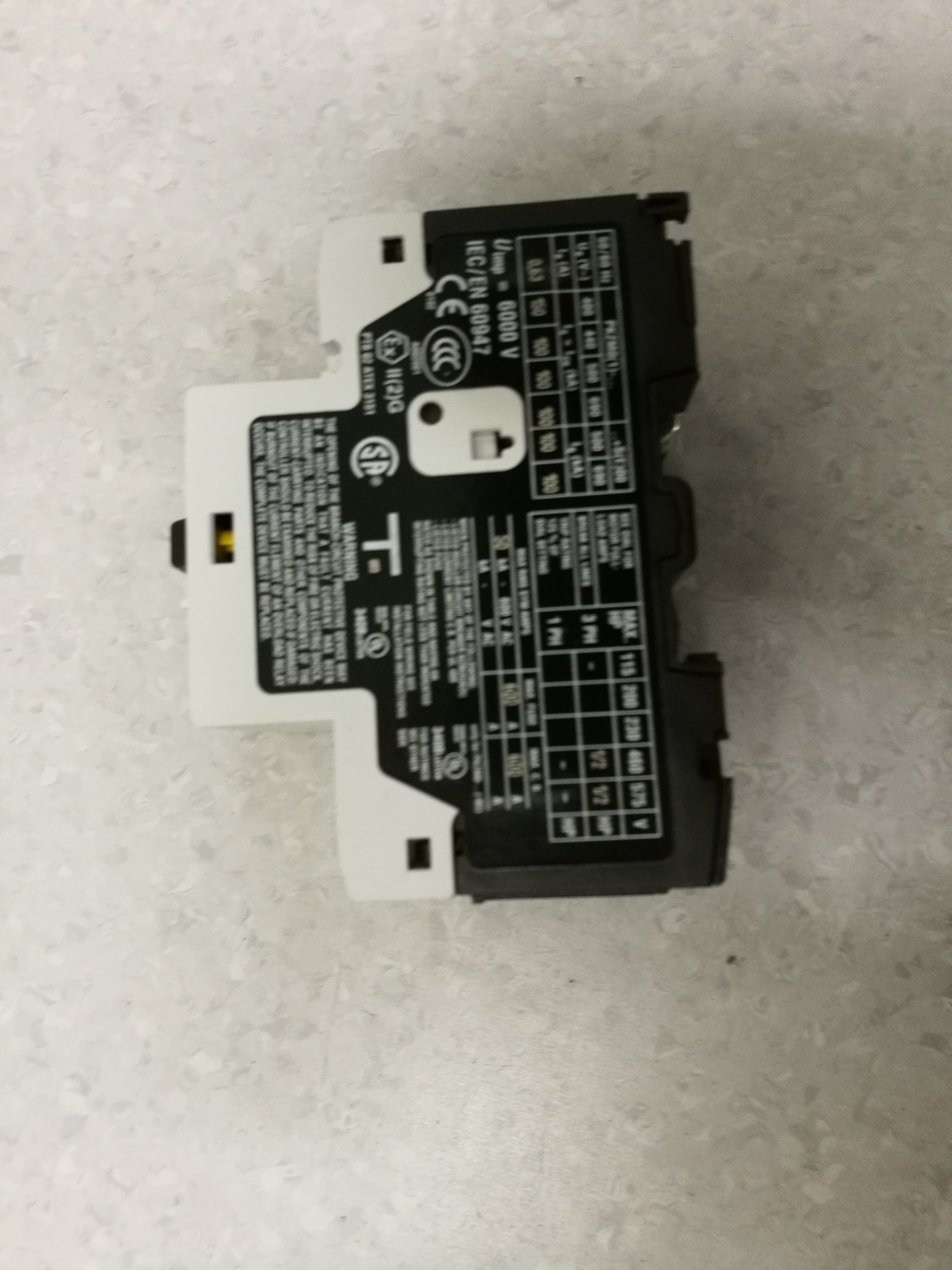
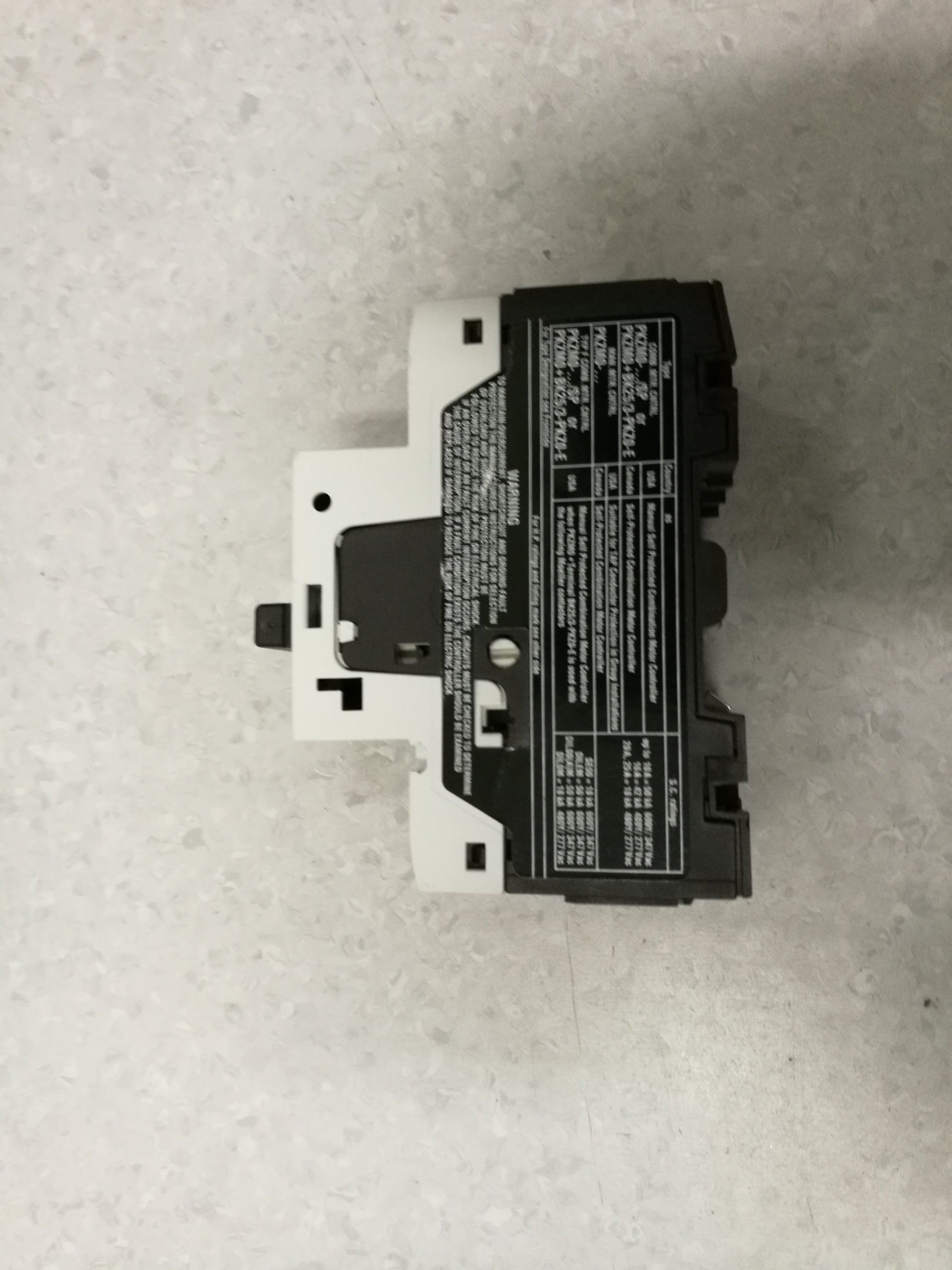
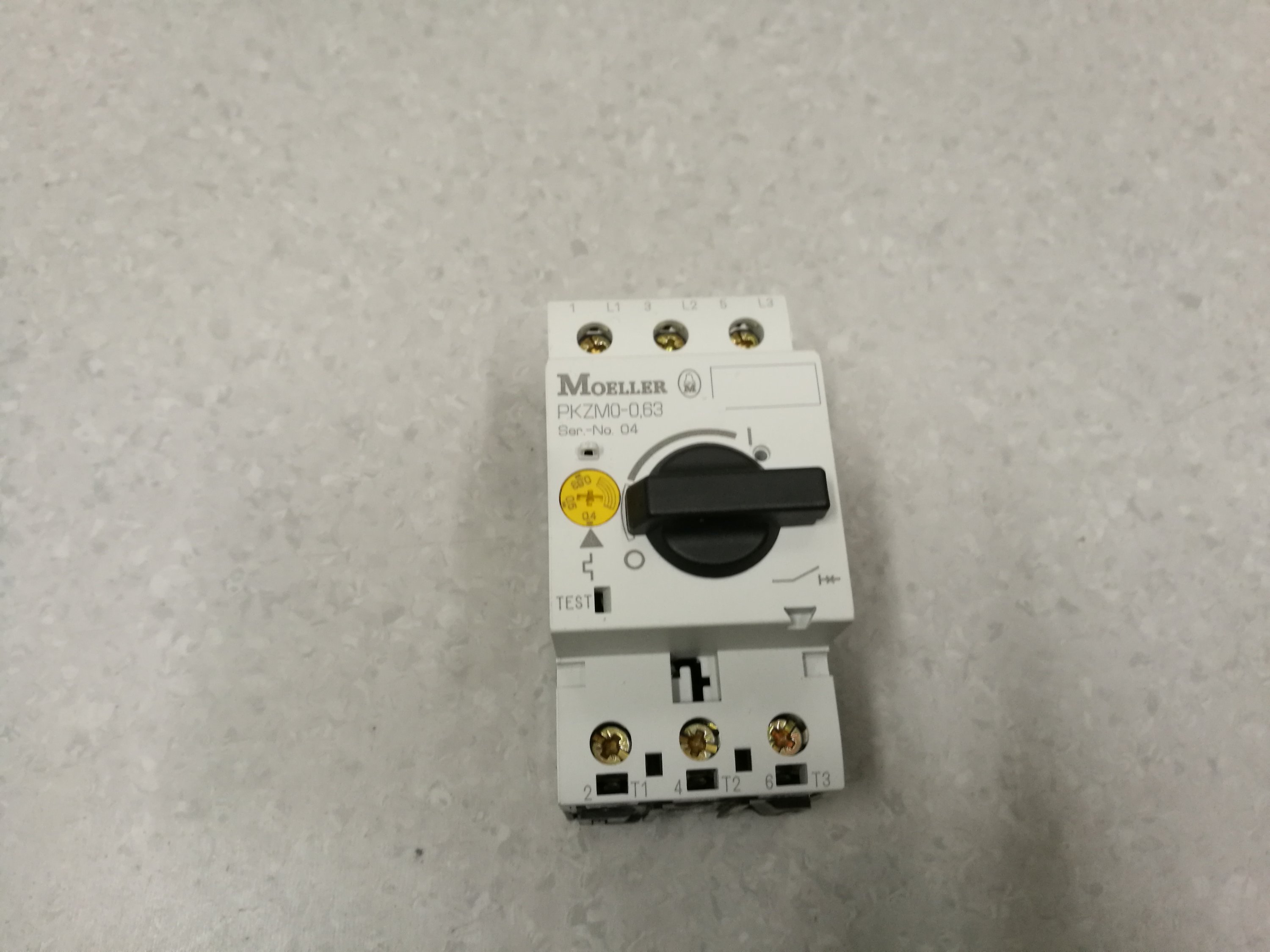
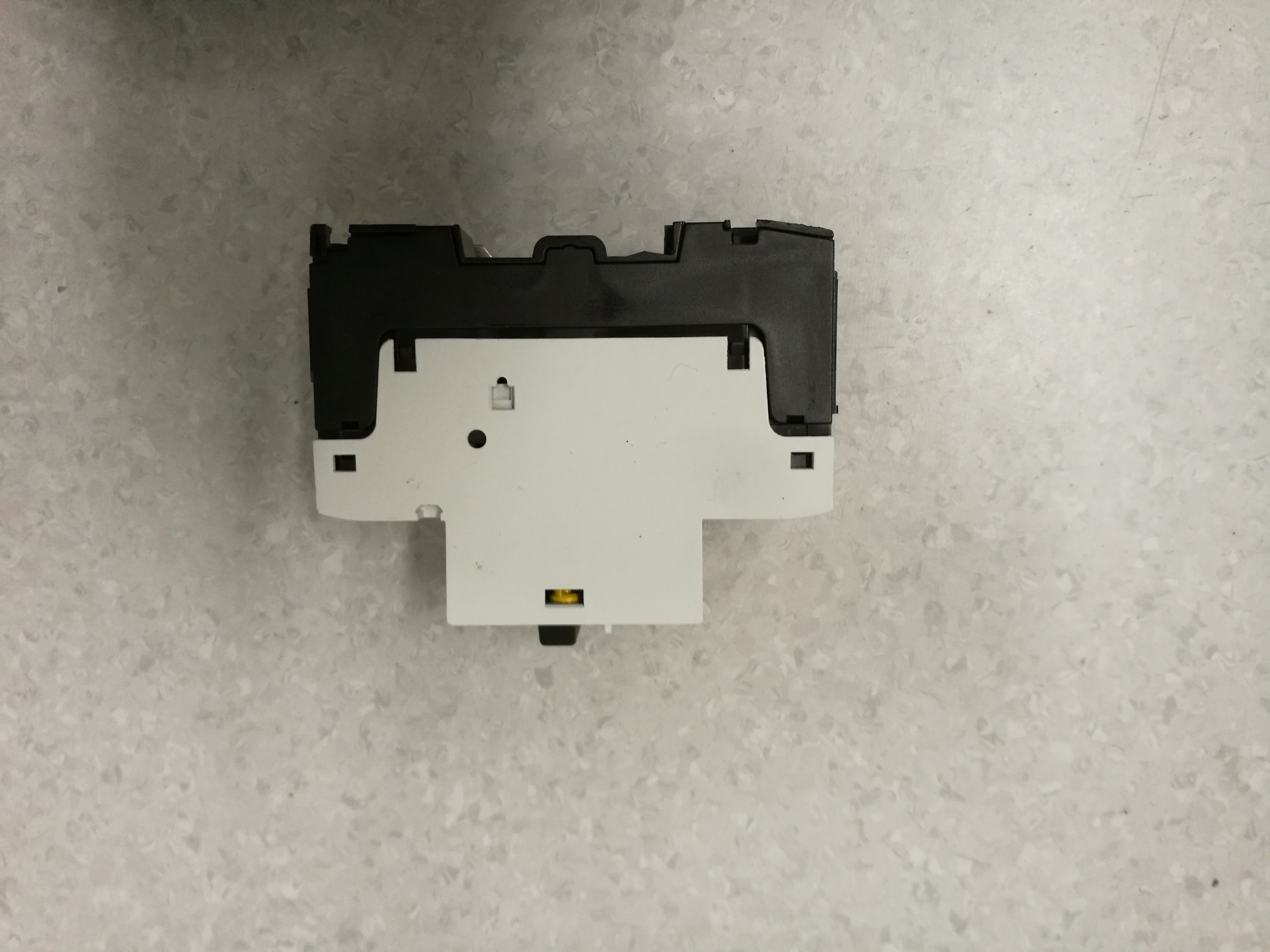
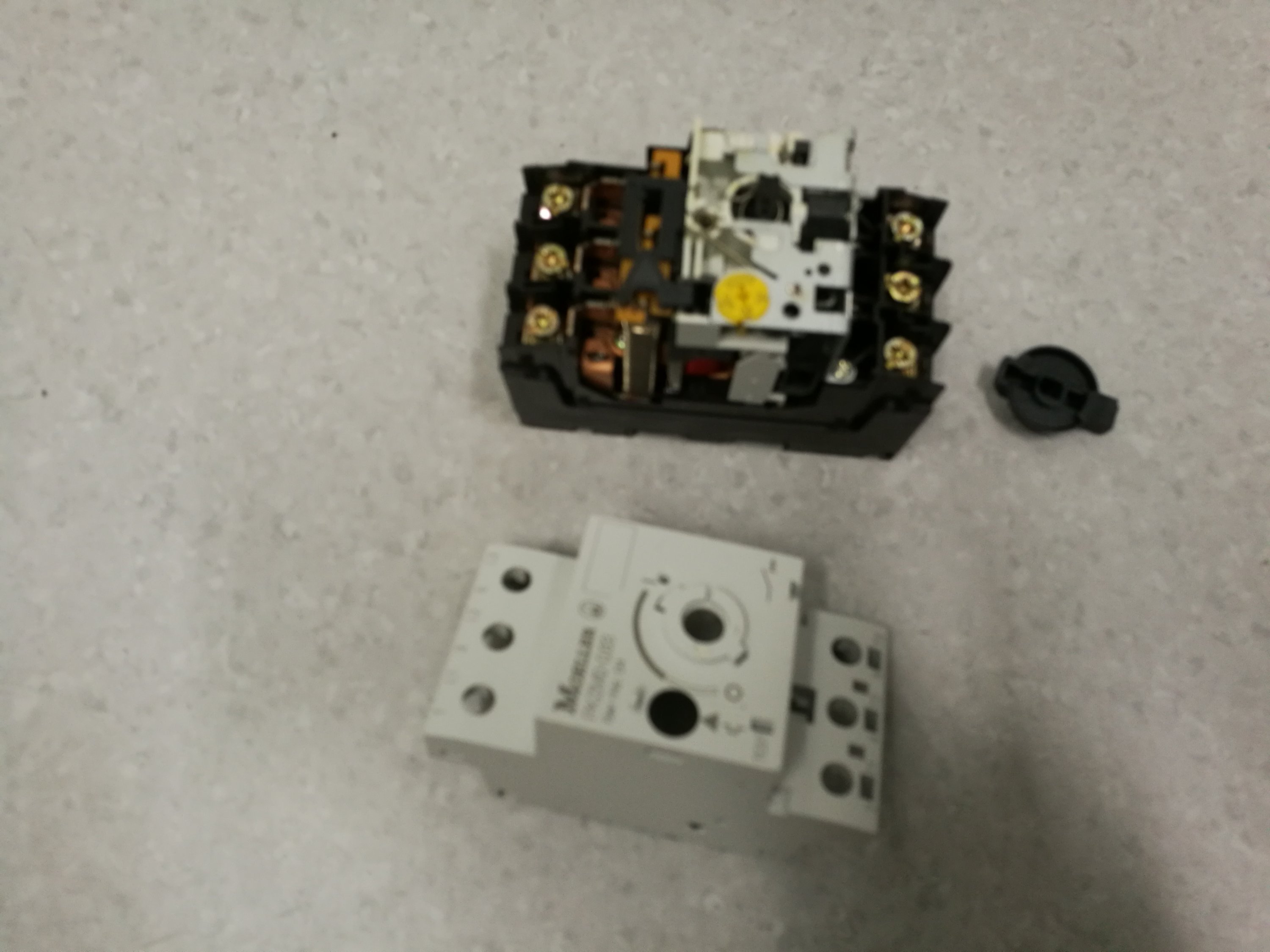
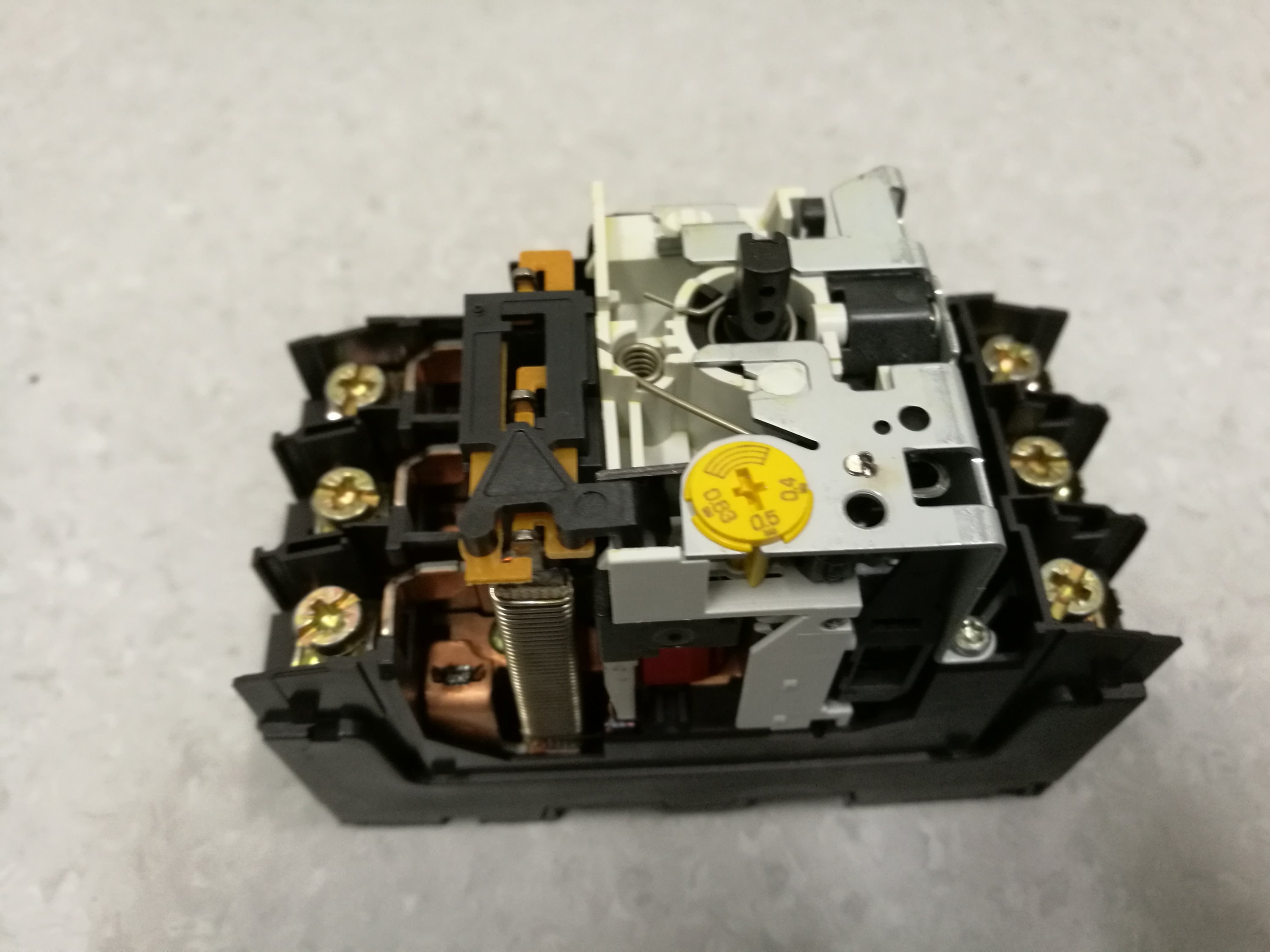
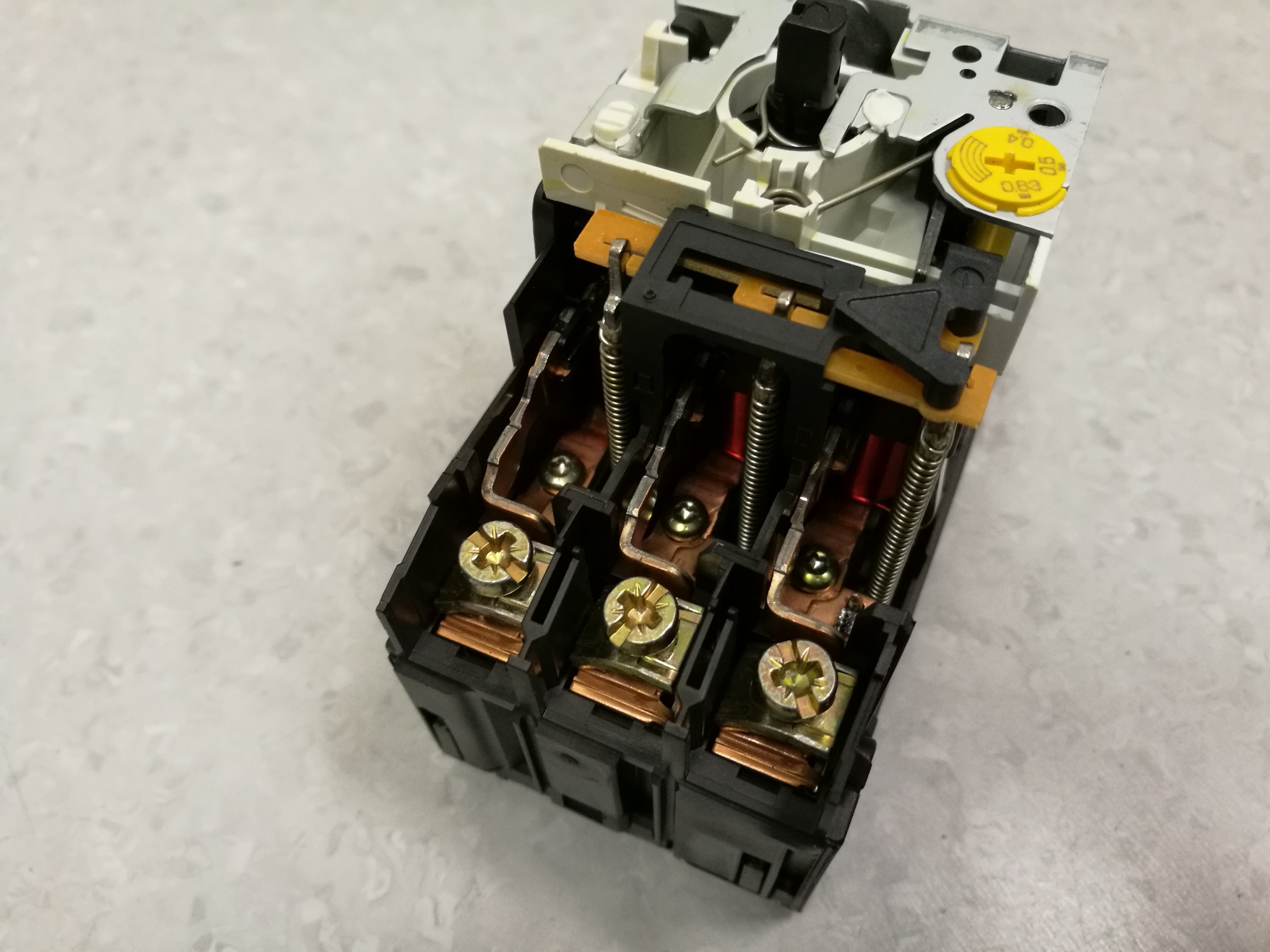
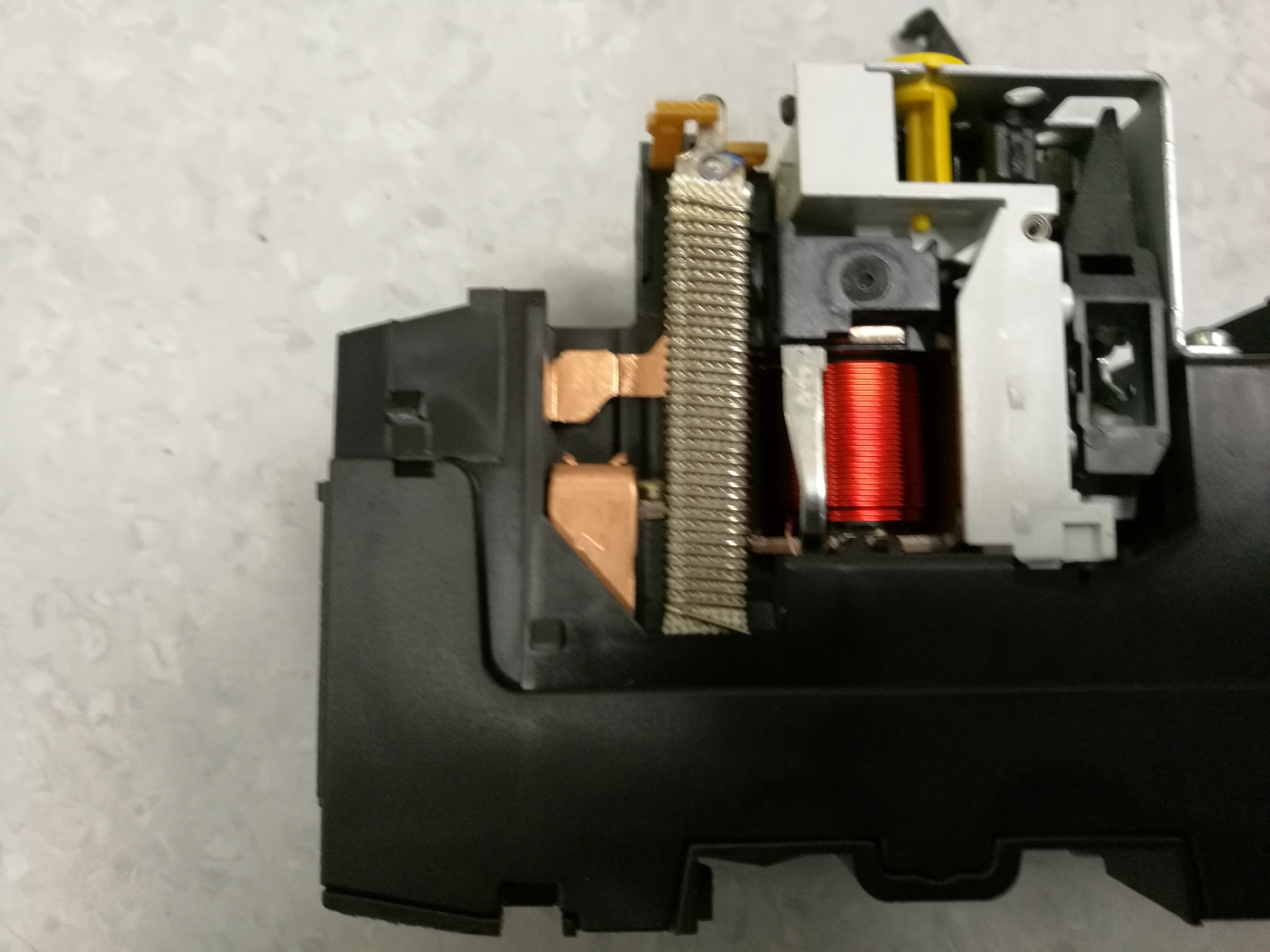
0 Comments
Be the first to post a comment.